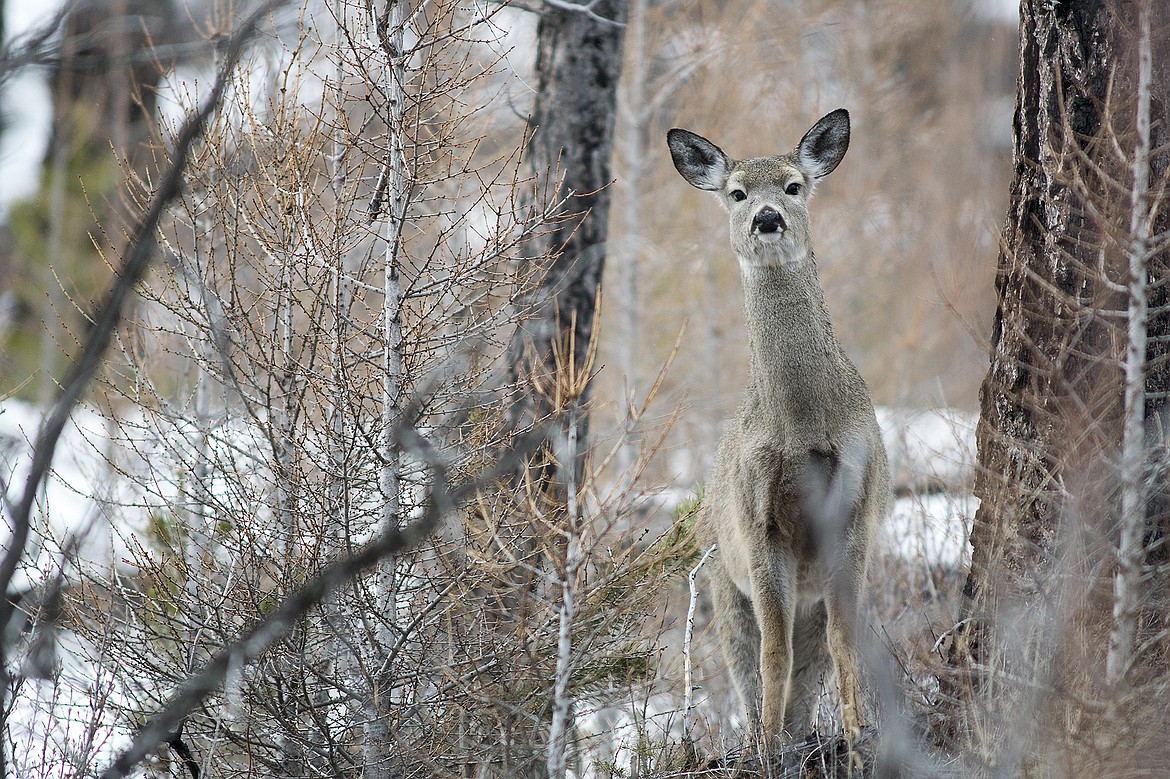State takes aim on scents, lures in battle with CWD
In an effort to limit the spread of chronic wasting disease, Montana Fish, Wildlife and Parks is poised to curb the use of cover scents and lures hunters use in pursuit of game animals.
The state Fish and Wildlife Commission will vote on three items regarding CWD and urine-based scents and lures at next Thursday’s meeting...
Support Local News
You have read all of your free articles this month. Select a plan below to start your subscription today.
Already a subscriber? Login
Daily Inter Lake - everything
Print delivery, e-edition and unlimited website access
- $26.24 per month
Daily Inter Lake - unlimited website access
- $9.95 per month


